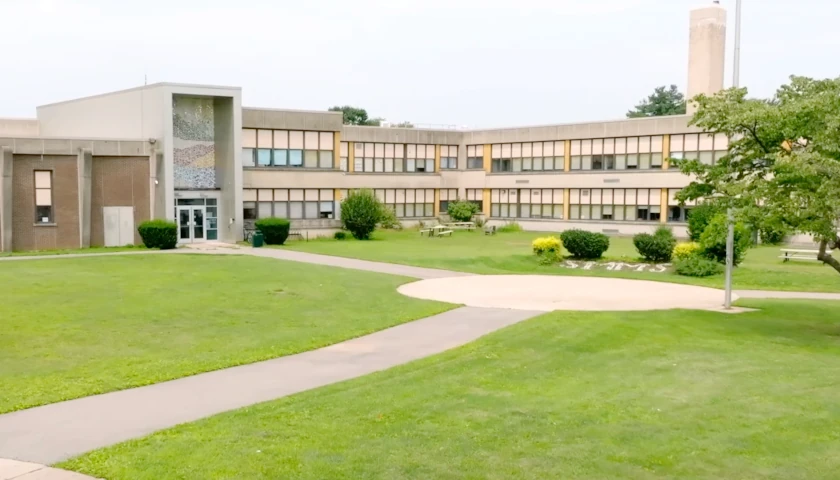by Anthony Hennen
While Pennsylvania’s retired population grows in the future, its working-aged and school-aged populations that support them will shrink.
Such are the projections in a new report from the Independent Fiscal Office, noting flat state population growth in the near term and a slight decline in the long term (-0.1% annually).
After slight population growth since 2010 (0.2% annually), long-term projections look to wipe out some of that growth. What’s worrying is the population decline among the young.
“The school age cohort (age 0 to 19) declined 0.4% per annum from 2010 to 2020 and is projected to decline 0.9% per annum in the near and long term,” the report noted.
While the growth and decline has not been equal, with changes favoring the southeast and suburban counties near major cities, as The Center Square previously reported, state emergency medical services have faced funding struggles. Population loss has also meant the loss of wealth, leading to a higher tax burden on Pennsylvanians who remain.
The IFO report gives little hope that the statewide pattern will change, even if some counties grow. The state will continue to lose working-age residents. Those trends are driven by deaths surpassing births in the state, and net migration into the state falling compared to previous years.
“The working-age cohort (age 20 to 64) remained flat from 2010 to 2020 and is projected to contract by 0.6% per annum in the near term and 0.5% per annum in the long term,” the report noted. “If labor force participation rates do not increase, then this trend will constrain economic and revenue growth in the future.”
Economic stagnation is a serious problem for state agencies to provide services and maintain existing infrastructure, but it’s also a problem for taking care of the booming retired population.
“The retiree cohort (age 65 to 79) increased 3.2% per annum from 2010 to 2020 and is projected to expand 2.8% per annum in the near term and 0.9% per annum in the long term,” the report noted. “The increase in this age cohort and the next age cohort implies strong demand for health care and long-term care services moving forward.”
Pennsylvania has lost residents in every age cohort 0-24, in absolute terms, since 2010.
The average U.S. state faces a similar problem of declining youth and aging residents, but Pennsylvania’s situation is a bit worse. In 2010, the state had 3.9 working-age residents to retirees compared to the national average of 4.6. By 2030, Pennsylvania is expected to have 2.4 working-aged residents to retirees compared to the national average of 2.7.
Unless a dramatic change occurs, Pennsylvania political leaders will face population stagnation and decline that could limit economic growth. The youth may have to settle for less as the budget struggles to provide health care and services for the aging population.
– – –
Anthony Hennen is a reporter for The Center Square. Previously, he worked for Philadelphia Weekly and the James G. Martin Center for Academic Renewal. He is managing editor of Expatalachians, a journalism project focused on the Appalachian region.
Photo “Young People Helping Elderly Man” by Kampus Production.





